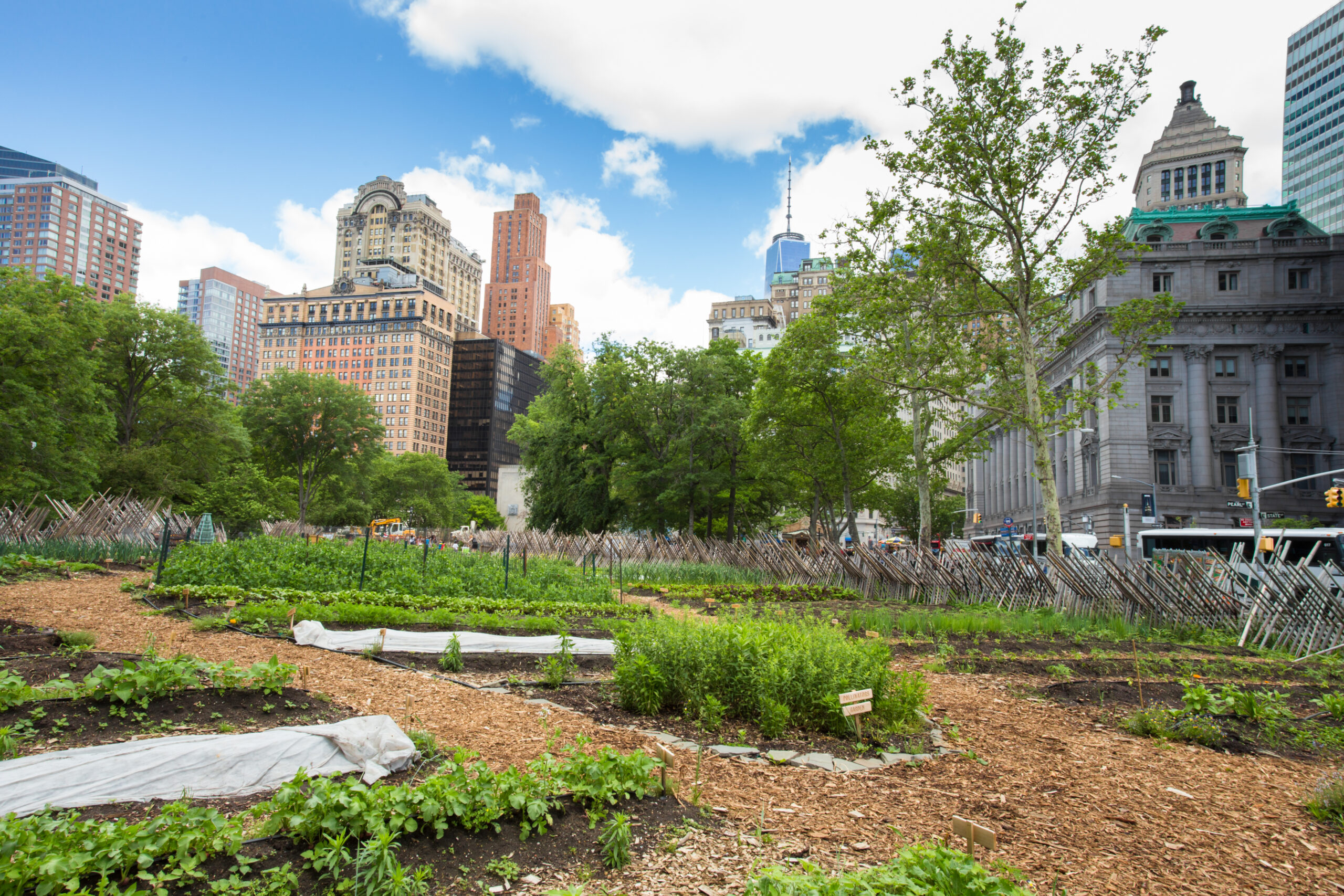City Blooming Can Be Fun For Anyone
City Blooming Can Be Fun For Anyone
Blog Article
Excitement About City Blooming
Table of ContentsCity Blooming Fundamentals ExplainedThe Basic Principles Of City Blooming How City Blooming can Save You Time, Stress, and Money.City Blooming for DummiesSome Known Incorrect Statements About City Blooming
Interested in growing food for sale in the City of Chicago? Below is a checklist of often asked questions concerning the regulations and guidelines that growers ought to consider when preparing a metropolitan agriculture job.
The zoning change does not customize any kind of other codes dealing with composting, structure permits, acquiring or renting City owned building, company licenses or environmental contamination. There are existing codes that control these problems and they remain completely effect and may apply to your project. Community gardens are typically possessed or taken care of by public entities, civic companies or community-based organizations and maintained by volunteers.
Urban farms expand food that is planned to be sold, either on a not-for-profit or for-profit basis. Due to their commercial purpose, city ranches need an organization license. Yes. A neighborhood yard is allowed to market surplus create that was grown on website if the sales are accessory or subordinate to the garden's primary objective explained over.
The Buzz on City Blooming
Composting is enabled yet only for plant product that is created and made use of on site. The amount of garden compost product can not go beyond 25 cubic yards at any kind of offered time according to the requirements in 7-28-715 of the City's Municipal Code. Yes. Due to the fact that the soil at most new yard websites requires changing, garden compost, soil, wood chips, or other materials can be obtained to create or enhance the expanding room - home and garden.

If a structure permit is called for then the hoophouse will be considered an accessory structure. You can figure out more concerning the building permit needs by speaking to the Department of Buildings. The 25,000-square-foot dimension restriction is planned to stop a solitary neighborhood yard from dominating an offered block or interfering with the block's existing household or industrial personality.
The limit does not put on yards situated in Public Open Space (POS) areas. Can there be more than one neighborhood yard that is 25,000 square feet on a single block? Yes. The dimension limit puts on specific yards, not to individual blocks. No. Fence is not needed, nevertheless, gardens that have big parking lot might be needed to website here mount fence or other landscape design features.
The Ultimate Guide To City Blooming
B1 & B2 districts require that all industrial use tasks be conducted inside your home. R districts restrict industrial task. The policies mirror the function and intent of the Zoning Code. Is fence required for urban ranches? Yes. Fencings might be required, in addition to landscape design and screening, for sure car park locations and outside job or storage space locations relying on place and the details task taking location.
Yes. Urban ranches need building permits and zoning authorizations before building and construction. Other forms of city review might be called for relying on particular frameworks, activities, size, landscape design, licensing, public health and stormwater management concerns. A number of these demands are determined in the project design or permitting procedure, however, the applicant might be responsible to individually recognize details licenses or allows that may be needed.
Yes. The kind of license is figured out by what is occurring at the site. The Department of Organization Affairs and Customer Protection can help establish the certain type of company license that's required. Yes. Off road car parking is needed for a lot of industrial jobs in Chicago. The required number of garage is based on the number of workers servicing site and not the square footage of the expanding space.
The Basic Principles Of City Blooming

A city farm can sell compost product generated on site, however, the operation needs to conform with the guidelines in 7-28-715 of the Chicago Municipal Code. Aquaponic systems are allowed inside your home on metropolitan farms in many zoning districts.
Up to 5 hives or colonies of honey might be maintained as an accessory usage. Beekeepers should register with the Illinois Department of Farming. To find out more regarding the suggested zoning change you may contact the Department of Housing and Economic Advancement, Bureau of Planning and Zoning at 312.744.8563.
Farming in cities and urban locations A city farm in Chicago. Urban agriculture describes numerous methods of cultivating. https://www.openlearning.com/u/danielnold-sfprdq/, handling, and dispersing food in city locations. The term additionally applies to the area tasks of animal husbandry, aquaculture, beekeeping, and gardening in a metropolitan context. Urban farming is differentiated from peri-urban agriculture, which happens in rural areas at the side of residential areas.
How City Blooming can Save You Time, Stress, and Money.
, that seek to create social networks established on a shared ethos of nature and neighborhood holism. These networks can develop by way of official institutional support, coming to be incorporated right into neighborhood community preparation as a "shift town" motion for lasting urban development.
Some of the initial evidence of urban farming comes from Mesopotamia.
Report this page